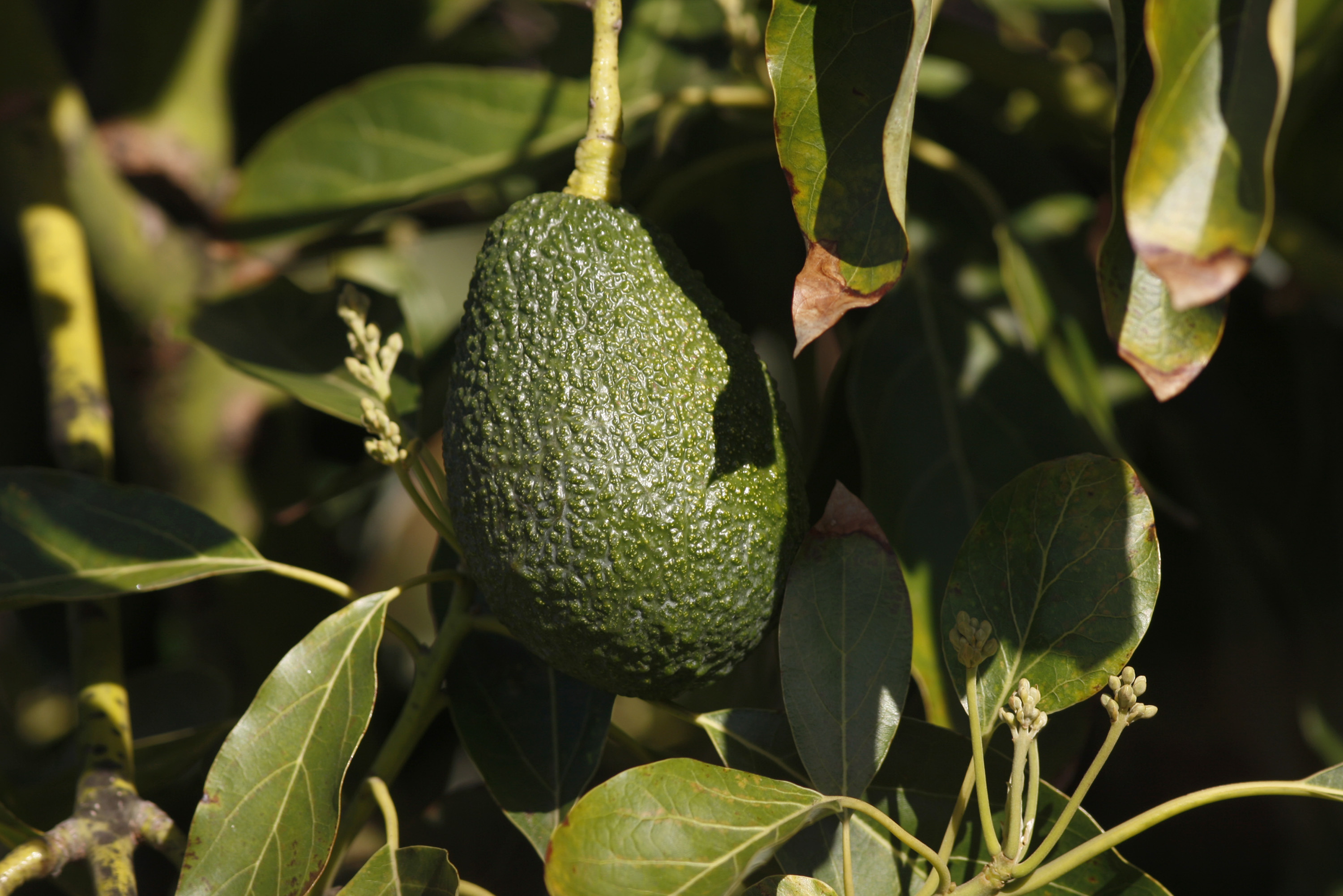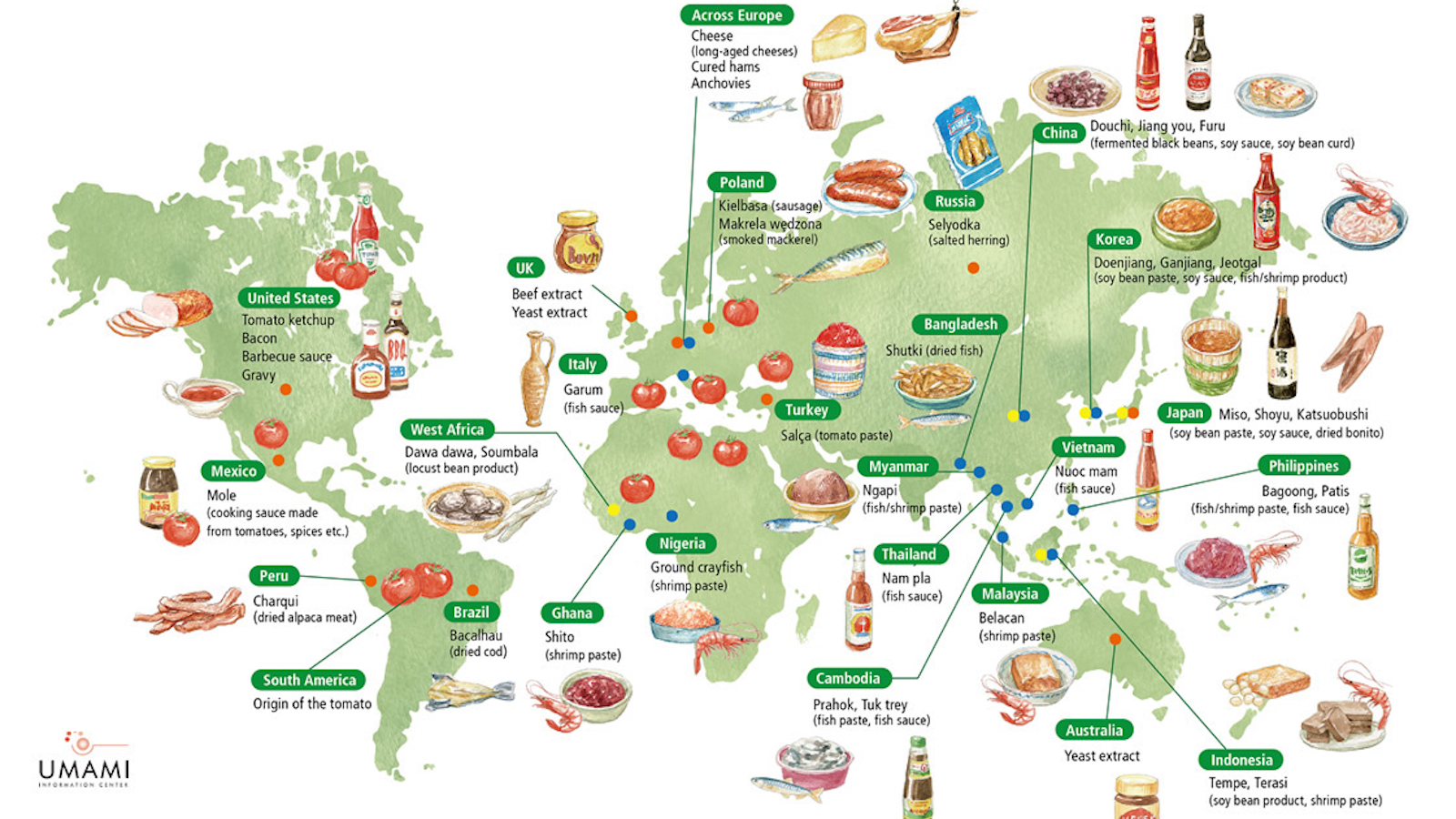Ammonium chloride tastes like nothing else. It may be the sixth basic taste

- Ammonium chloride is a slightly toxic chemical most notably found in “salmiak,” a salt licorice candy, which is popular in northern Europe.
- In a new study, researchers found that the compound triggers a specific proton channel called OTOP1 in sour taste receptor cells, which fulfills one of the key requirements to be considered a primary taste like sweet, salty, sour, bitter, and umami.
- Ammonium is commonly found in waste products and decaying organic matter and is slightly toxic, so it makes sense that vertebrates evolved a specific taste sensor to recognize it.
Scientists have just caught up with something that Scandinavians have suspected strongly for over a century: Ammonium chloride (NH4Cl) may be a basic taste, joining sweet, salty, sour, bitter, and umami.
Denizens of Finland, Norway, Denmark, Sweden, and the Netherlands gobble up the compound in “salmiak,” a salt licorice candy. But don’t be fooled by the “candy” label. As Andrew Richdale wrote for Saveur back in 2017, salmiak tastes nothing like any other candy you have ever tried.
“The first time I sampled salmiak… I spit it out on a Copenhagen street corner. It wasn’t that this powerful little pastille was bad. It’s just that my taste buds had never quite been lit up that way: smacked with a layer of sharp and sour salt dust, then soothed by something bitter and caramel-sweet. It felt simultaneously fascinating and… abusive? Or at least odd, like a knocked funny bone.”
Tickling the taste buds
In a paper published last week in the journal Nature Communications, a team of researchers based out of the University of Southern California and the University of Colorado attempted to explain the flavor sensation that Richdale and so many others have experienced. They found that ammonium chloride triggers a specific proton channel called OTOP1 in sour taste receptor cells. This sates a key requirement for a flavor to qualify as a primary taste.
The researchers conducted numerous experiments to explore how ammonium chloride interacts with OTOP1 in cells and living creatures. They first exposed cells producing OTOP1 to the compound and to another acid, and found that ammonium chloride heavily activated OTOP1 compared to the other acid.
They followed up that experiment with another focusing on mice taste bud cells’ electrical activity in response to ammonium chloride. They found that cells with OTOP1 generated large electrical signals while cells without it did not.
In a third experiment, they bred two lines of mice: one able to produce OTOP1 and one unable to do so. They then gave the mice a choice between drinking plain water or water laced with ammonium chloride. Mice with OTOP1 did not drink the ammonium chloride-tainted water after they tried it, apparently turned off by the strange taste, while mice without OTOP1 drank it in similar amounts to normal water.
The 6th taste
Almost all vertebrates, including humans, have OTOP1 on their taste receptors, with varying degrees of sensitivity. Ammonium is commonly found in waste products and decaying organic matter and is slightly toxic.
“So it makes sense we evolved taste mechanisms to detect it,” Emily Liman, a professor of biological sciences at USC and corresponding author on the study, said in a statement. “Chicken OTOP1 is much more sensitive to ammonium than zebra fish,” she added. “Fish may simply not encounter much ammonium in the water, while chicken coops are filled with ammonium that needs to be avoided and not eaten.”
But as millions of northern Europeans exemplify with their fondness for salmiak, the flavor of ammonium chloride can be quite pleasurable, once you get used to it. In 2012, when the European Union (EU) proposed placing a limit of three grams of the compound per kilogram of food product, there was an outcry in Nordic countries. The move would have effectively banned salmiak, as it contains 70 grams per kilogram. EU regulators quickly backed off.





